Ali-Per Case


Here we look at the (fully 3D) evolution of the rest-mass density along with the magnetic field lines of the Ali-Per case. As in the completely aligned cases, the magnetic field does not play a significant role during the inspiral epoch. We note that, as the stars approach each other, the field lines connecting them are stretched and wound and, as the coordinate separation decreases, a strong toroidal magnetic field component joining the bulk of the stars emerges. As displayed in the second panel, the stars merge at $t\simeq 600M\sim 8.8(M_{NS}/1.625M_\odot)\rm ms$, roughly~$200M\sim 3.0(M_{NS}/1.625 M_\odot)\rm ms$ later than in the Ali-Ali case, forming a double central core that, after $t-t_{mer}\simeq 360M\sim 5.3(M_{NS}/1.625M_\odot)\rm ms$, merges and forms a transient HMNS immersed in a low-density cloud of matter.
The HMNS collapses to a BH at $t-t_{mer} \simeq 2850M \sim 42(M_{NS}/1.625 M_\odot)\rm ms$. The BH has a mass of $M_{\text{ BH}}\sim 2.73M_\odot$ and spin $a/M_\text{BH}=0.78$, roughly the same values as those in the Ali-Ali cases. We note the lifetime of the HMNS remnant in Ali-Per is about $1150M\sim 17(M_{NS}/1.625 M_\odot)\rm ms$ longer than in Ali-Ali cases. An incipient jet is launched by $t-t_{BH}\simeq 1200M\sim18(M_{NS}/1.625M_\odot)\rm ms$ with a Lorentz factor of $\Gamma_L \lesssim 1.24$.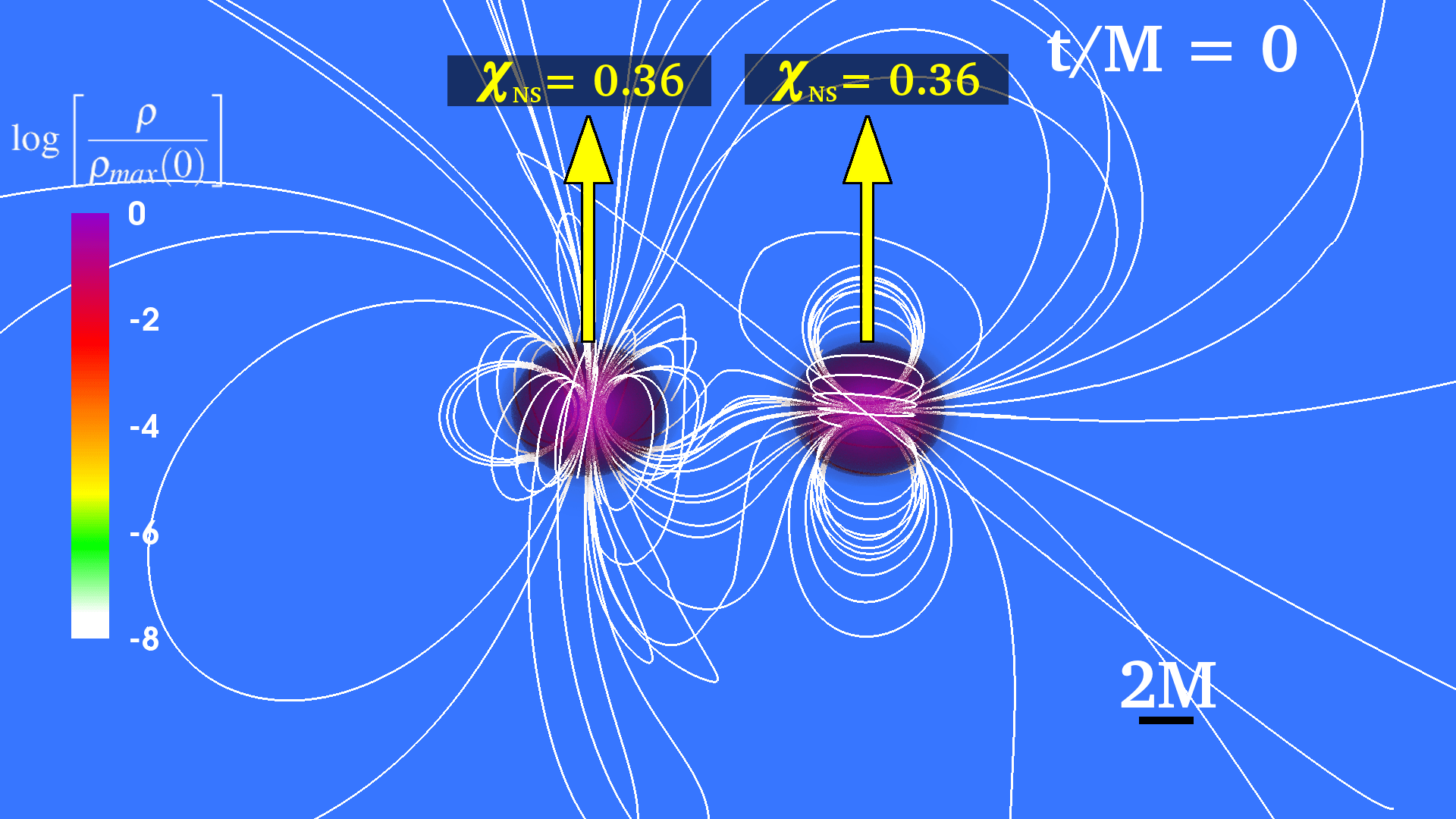 Fig. 1-1: Rest mass density at time t/M = 0 |
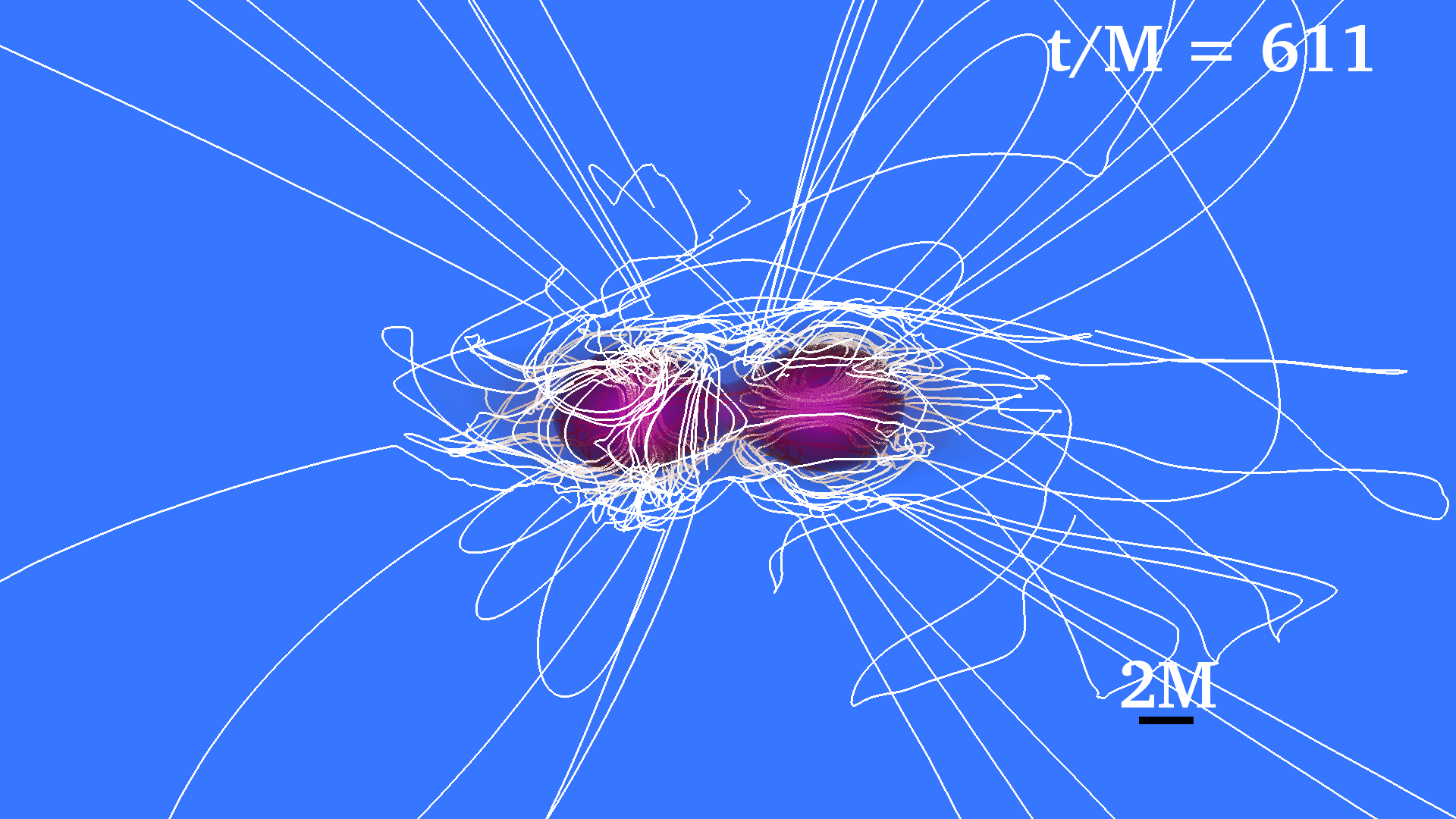 Fig. 1-2: Rest mass density at time t/M = 611 |
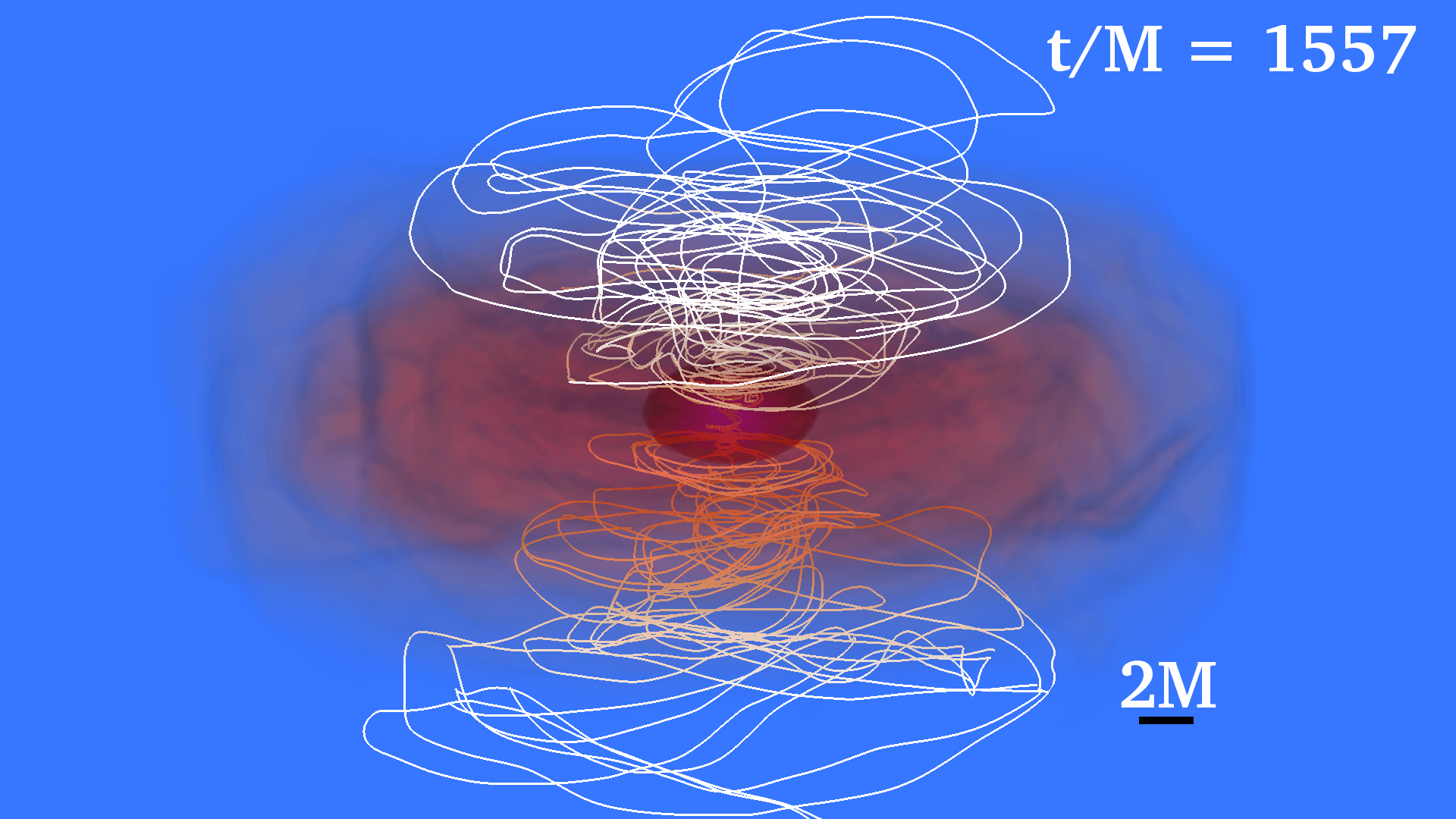 Fig. 1-3: Rest mass density at time t/M = 1557 |
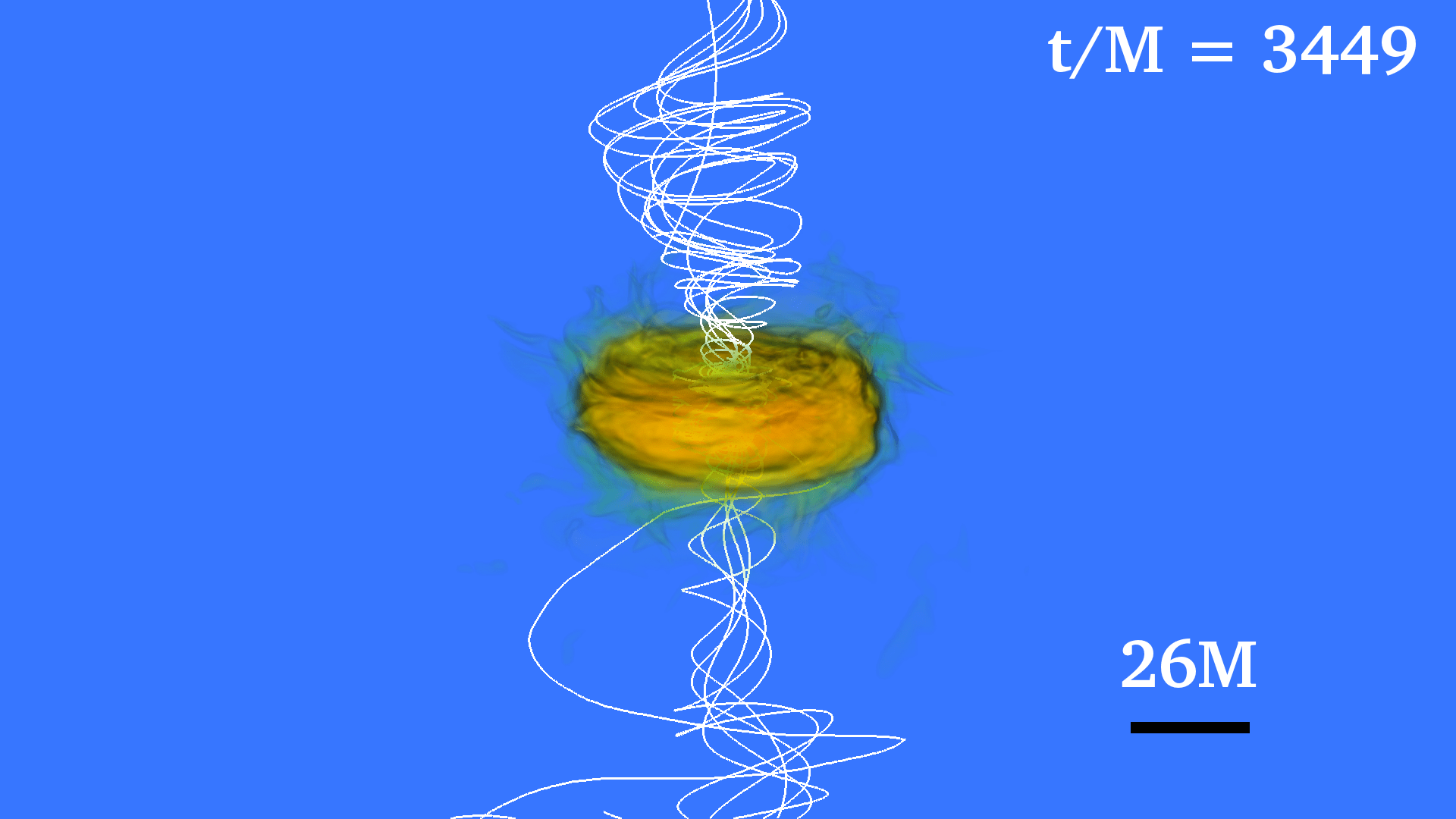 Fig. 1-4: Rest mass density at time t/M = 3449 |
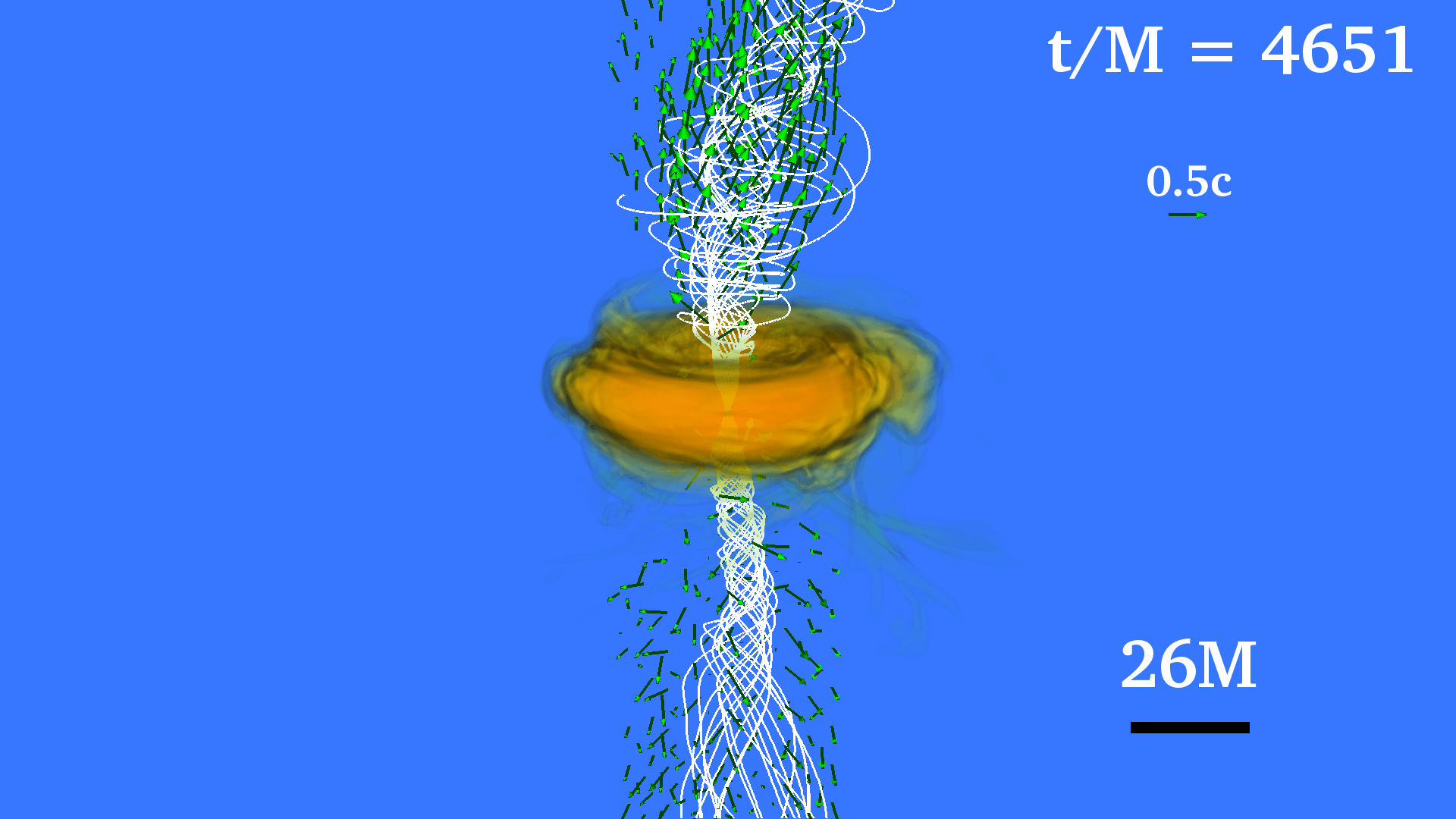 Fig. 1-5: Rest mass density at time t/M = 4651 |